Rabbits with 'Tentacles' on Their Heads Invade Colorado — Experts Explain the Strange Phenomenon
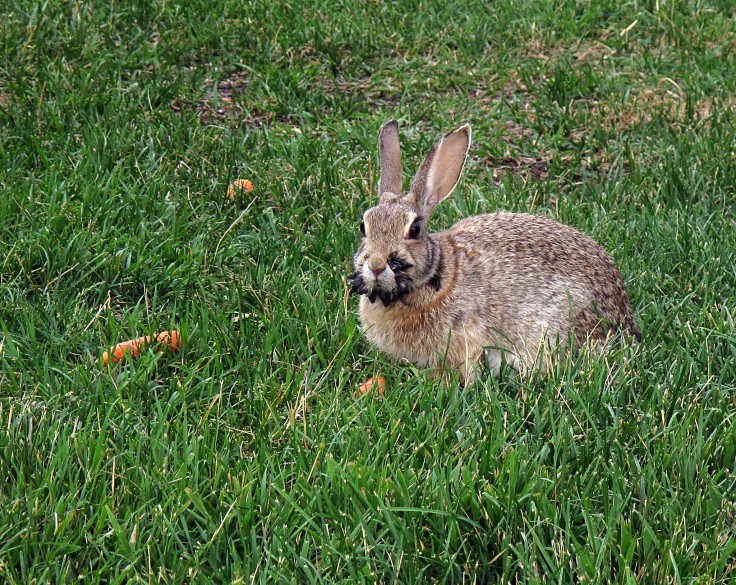
Residents of Fort Collins, Colorado, have been left stunned — and in some cases unsettled — by the sight of wild rabbits sporting strange, tentacle-like growths protruding from their heads.
The phenomenon has fuelled social media speculation, attracted national attention, and prompted wildlife experts to step in with an explanation.
The Virus Behind the Strange Growths
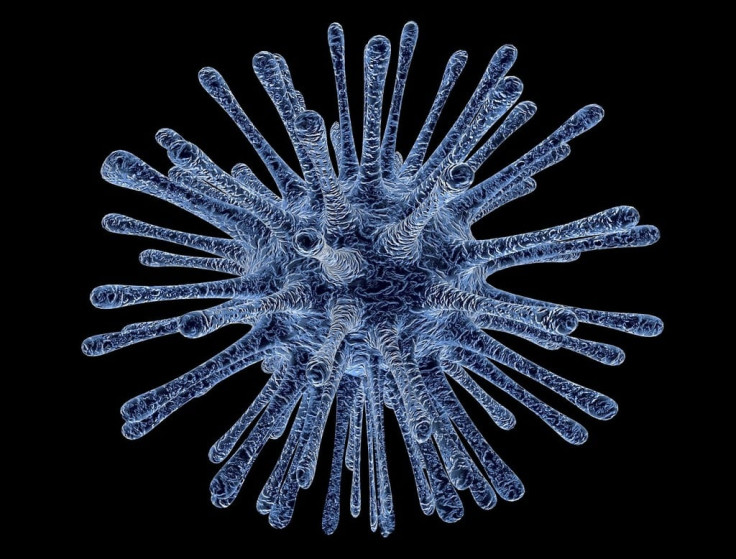
Experts have traced the condition to the Shope papilloma virus (SPV), a DNA virus first identified in the 1930s by American virologist Dr. Richard Shope.
SPV is a DNA virus that primarily infects cottontail rabbits and is known for inducing wart-like tumours, medically referred to as papillomas, which can develop on the skin, around the face, or near the ears of infected animals.
These growths can vary in size and texture, ranging from small, rough nodules to larger, black, spiny protrusions that resemble tiny horns or tentacles. Although their appearance can be alarming to observers, the lesions are generally benign and do not constitute a direct threat to the rabbit's overall health.
However, complications can arise if the growths obstruct vital functions such as feeding or vision, potentially leading to malnutrition or vulnerability to predators.
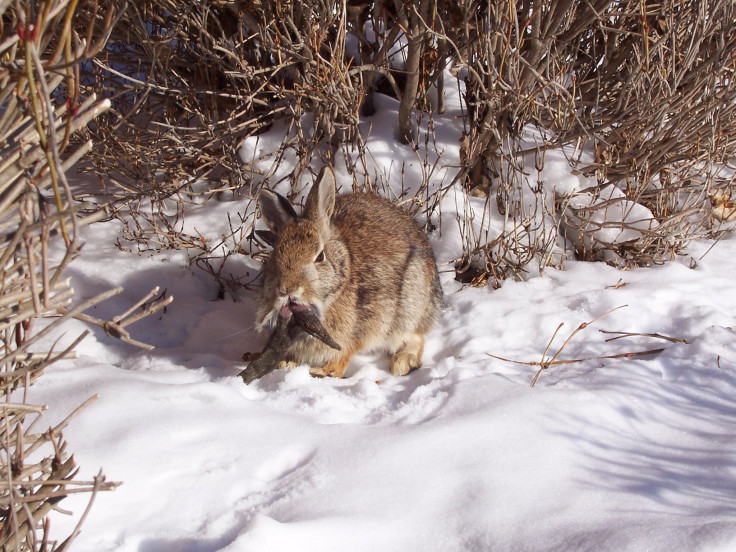
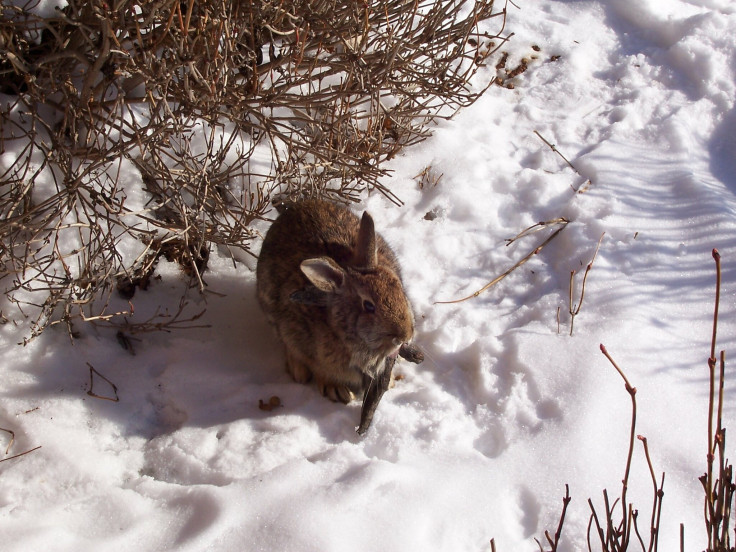
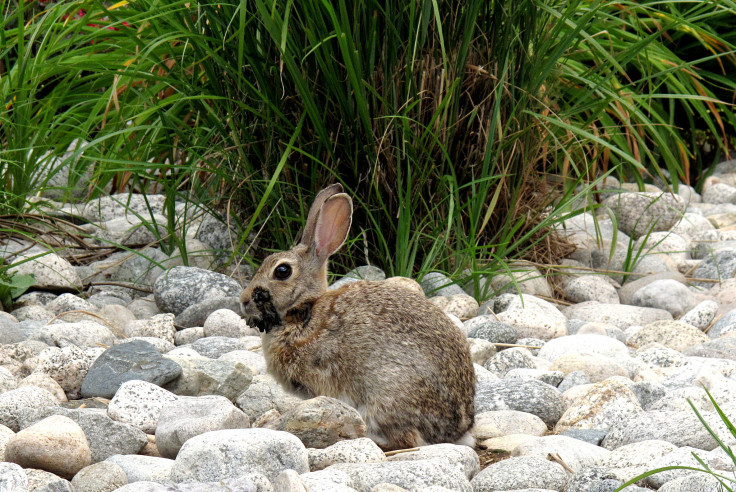
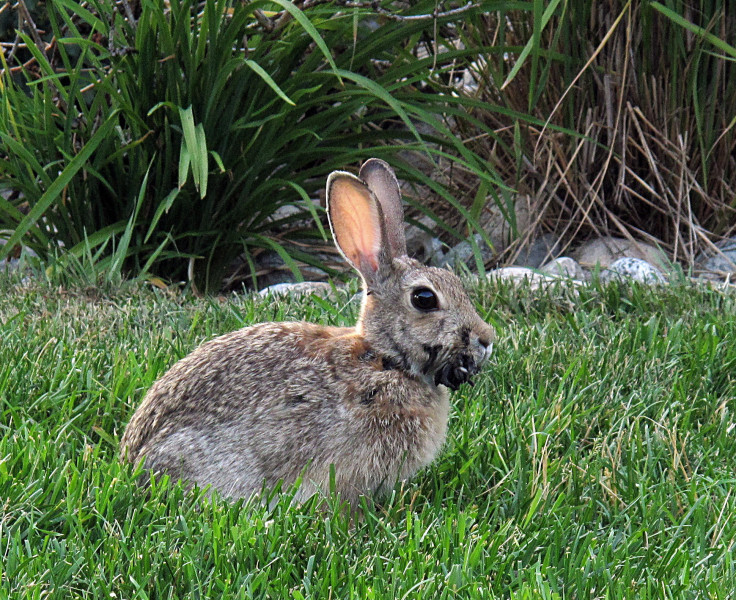
How It Spreads — And Why It Looks Worse in Winter
The virus is typically transmitted through the bites of parasites, especially fleas and ticks. It can also spread via direct contact during mating, fighting, or sharing burrows.
The condition is species-specific, meaning it poses no risk to humans, pets, or other wildlife. Most rabbits' immune systems eventually suppress the virus, causing the growths to shrink or disappear over time. Juveniles and older rabbits, however, face a greater risk of complications.
However, in some cases, the growths can become problematic if they obstruct feeding, vision, or other vital functions, leaving affected rabbits vulnerable to malnutrition, dehydration, or predators.
In dense rabbit populations, outbreaks can alter feeding and movement patterns, subtly impacting local predator-prey relationships.
Experts advise the public to observe from a distance and avoid handling infected rabbits, allowing natural recovery while minimising stress and viral spread.
Public Response and Expert Advice
The unusual sightings of rabbits with tentacles in Fort Collins have prompted a wide range of public reactions. Some residents have expressed genuine concern for the affected animals, questioning whether intervention might be necessary.
In contrast, others have shared images and videos on social media, sparking widespread discussion, speculation, and even misinformation about the condition's causes and potential risks.
The phenomenon has garnered attention beyond the local community, underscoring the growing interest in wildlife health and environmental changes in the area.
Colorado Parks and Wildlife (CPW) officials advise the public not to approach or handle infected rabbits, emphasising that human contact can create unnecessary stress and may exacerbate the growths.
Instead, observers are encouraged to maintain a safe distance, report sightings when appropriate, and allow the animals' immune systems to naturally combat the Shope papilloma virus.
Following these guidelines helps ensure both the rabbits' well-being and public safety while enabling scientists to monitor the virus and better understand its ecological impact.
Broader Implications and Ongoing Monitoring
While most cases remain concentrated in Fort Collins, reports from other states have drawn national attention.
Experts are examining factors such as environmental changes, parasite activity, and rabbit population density to understand the spread of the SPV.
The unusual appearance of the growths has also sparked public and media interest, highlighting the need for accurate information and careful monitoring.
Wildlife agencies, including CPW, are tracking affected populations and urge the public to report sightings. Ongoing research focuses on SPV's ecological impact, including effects on rabbit populations and predator-prey dynamics.
Officials stress that the virus poses no threat to humans or pets, and most rabbits recover naturally. Observing without interference is key to protecting both the animals and the broader ecosystem.
© Copyright IBTimes 2025. All rights reserved.



















